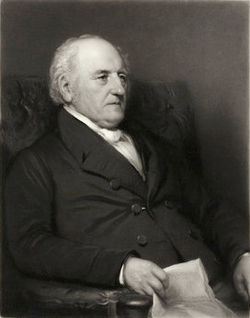 I hope you agree with me when I say:
I hope you agree with me when I say:
Peter Barlow left a gift for astronomers.
Anyone acquainted with astronomy knows where the term ‘Barlow’ has been derived from. A Barlow lens is the kind of astronomy accessory you never get tired of. Not only does it give an additional boost to your magnification, but it also does great wonders for the clarity of the picture as well.
We do advise you to be aware of the conditions of using a Barlow lens, and the correct procedures for stacking. Think you don’t know enough? We’ve got you covered. Check out our FAQs where we tackle such questions.
Right now, with the emergence of new astronomy brands, it is definitely a difficult task to find your perfect pick. That’s why we’re here. After thorough research, we bring to you our Barlow lens reviews with highlighted specs and features. With the help of these, you’ll find the Best Barlow Lens in no time.
Things to consider before buying Barlow lenses:
Focal length with usage requirements: The distance from the lens to the focal plane or point where the eyepiece or camera would go. It also means the length of the telescope, the point from where the image is viewed to the point where it is formed. A good focal point is essential in forming a clear image.
Check for chromatic aberration: Confirm if there’s a problem or flaw in optic lenses where there is fringing of colour, that is the lens is unable to focus all the colours on a singular plane.
Learn how to insert a Barlow lens: To insert a Barlow lens with a telescope, you remove the eyepiece from the telescope first. In its place attach the Barlow lens and then insert the eyepiece into the Barlow.
Best Barlow Lenses 2022
Here are our top picks for the best Barlow lenses.
| BARLOW LENSES | RATING | PRICE |
|---|---|---|
| Celestron 93428 3x Barlow Lens | 10/10 (Editor's Choice) | |
| Orion 5x 4-Element Barlow Lens | 9.5/10 | |
| Celestron Omni 2X Barlow Lens | 9.5/10 | |
| Astromania 3X Barlow Lens for Telescope | 9/10 | |
| SVBONY 2X Barlow Lens Telescope Eyepiece | 9/10 | |
| GSO 2" 2x ED Barlow Lens # GS22B | 8.5/10 |
1) Celestron 93428 3x Barlow Lens
| Pros | Cons |
| ✅Barrel accepts 1.25’ filters | ❌None found |
| ✅ Brass compression ring | |
| ✅ Works with diagonals |
2) Orion 5x 4-Element Barlow Lens
| Pros | Cons |
| ✅ Threaded for filters | ❌ Slightly expensive |
| ✅ Great magnification | |
| ✅ Sturdy and robust |
3) Celestron Omni 2X Barlow Lens
| Pros | Cons |
| ✅Blackened lens | ❌ Smaller image |
| ✅ Multi-color coated | |
| ✅Enhances quality of images |
4) Astromania 3X Barlow Lens for Telescope
| Pros | Cons |
| ✅Sturdy aluminum stock | ❌ Focus problems on telescopes |
| ✅ 3-Element apochromatic lens | ❌ Only one locking knob |
| ✅Provides 15 times more clarity |
5) SVBONY 2X Barlow Lens Telescope Eyepiece
| Pros | Cons |
| ✅Multi-coated optics | ❌Noticeable aberration |
| ✅ Affordable | ❌ Inadequate threading |
| ✅DSLR compatible |
6) GSO 2″ 2x ED Barlow Lens
| Pros | Cons |
| ✅Great Magnification | ❌Slight aberration |
| ✅ Cheap | ❌ No special feature |
Conclusion
So what’s the best Barlow lens? To answer that question, we would need a deeper glance into your needs. That’s why our Barlow lens reviews contained as many different features as we could add. We hope that after all this reading you are, at the very least, able to recommend a Barlow lens to your peers. We would be glad if we were able to navigate towards the best-suited telescope for your needs.
Found your perfect pick? Order from Amazon for the best deals right now!
Frequently Asked Questions
Often-times amateur astronomers buy lenses they’ve heard of without thinking about the compatibility of their telescopes with the lenses. Like a common fault was buyers getting 3x and 5x Barlow lenses for great quality telescopes.
In this section, we’ll be dealing with the most common questions buyers have regarding Barlow lenses. Stick around to learn more!
What’s a Barlow Lens?
A Barlow lens (invented by Peter Barlow) is a converging lens that decreases the focal length of your telescope. Simply put, it is an easy way to increase the magnification of your telescope. The most common designs are 2-element and 3-element achromatic designs.
Most high-quality telescopes include a Barlow lens but often the functionality is compromised. In one way or the other, a Barlow lens will only benefit your viewing experience.
What is a Barlow Lens Used for?
The primary aim of using a Barlow lens is to magnify and to provide greater detail. This is achieved by decreasing the focal length of the eyepiece. Buying a Barlow lens will definitely diversify your eyepiece collection. Many astrophotographers use Barlow lenses as well.
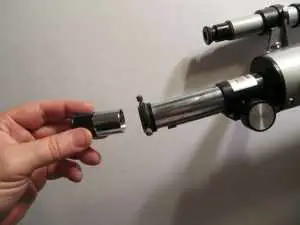 How to Use a Barlow Lens?
How to Use a Barlow Lens?
Using a Barlow lens is not that difficult. However, the answer can slightly vary for different uses such as observation and photography, you can read about those steps here.
To insert a Barlow lens with a telescope, you remove the eyepiece from the telescope first. In its place attach the Barlow lens and then insert the eyepiece into the Barlow. And you’re done!
What is the Practice of Stacking Barlow Lenses?
This technique is used for viewing brighter elements across the celestial sky. Most Barlow lenses already come with this feature but it is still a common practice. This way the magnification is increased by a lot. There is, however, a limitation to the quality of the picture. And substantial dangers during the morning sky. We do not advise amateurs to try out this technique.
Have an unanswered question? Comment below and let us know!
Glossary
Throughout our Barlow lens reviews, we’ve used a few technical terms. Here is what each of them means.
-
Focal length
It is simply the distance from the lens to the focal plane or point where the eyepiece or camera would go. It also means the length of the telescope, the point from where the image is viewed to the point where it is formed.
-
Eye-relief
To put it in the most simple manner, it is the distance from the outer lens to the eyepoint or the pupil of the viewer.

-
Magnification
The amount to which an image can be enlarged. This is a highly desirable optic property. The greater the magnification, the greater the details in the image. Remember magnification does not equal image quality.
-
Focal length
It is simply the distance from the lens to the focal plane or point where the eyepiece or camera would go. It also means the length of the telescope, the point from where the image is viewed to the point where it is formed.
Here’s an interesting guide; How to Make a Telescope With Two Convex Lenses.
Ready to upgrade your telescope eyepiece? Go to Amazon for the freshest deals!
- 10 Best Monocular Telescopes UK in 2022【Reviewed】 - April 1, 2022
- How To Build A Dobsonian Telescope [Guide 2022] - March 31, 2022
- Best Astrophotography Stacking Software [Ultimate Guide] - March 31, 2022
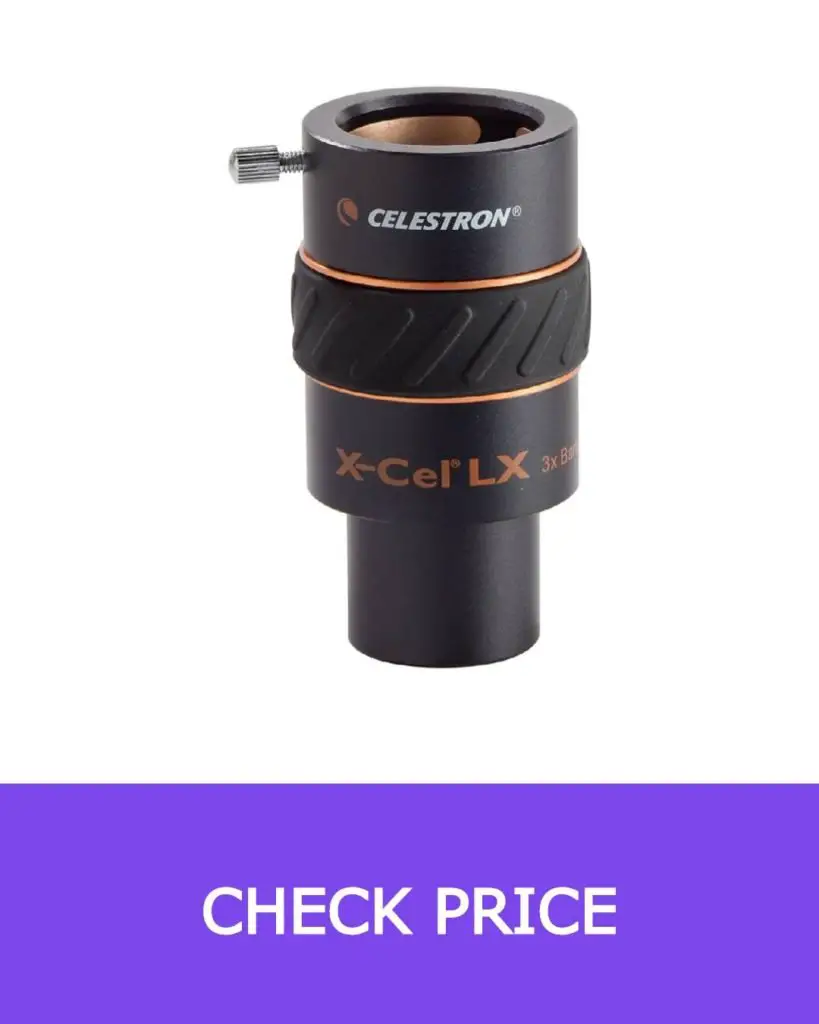

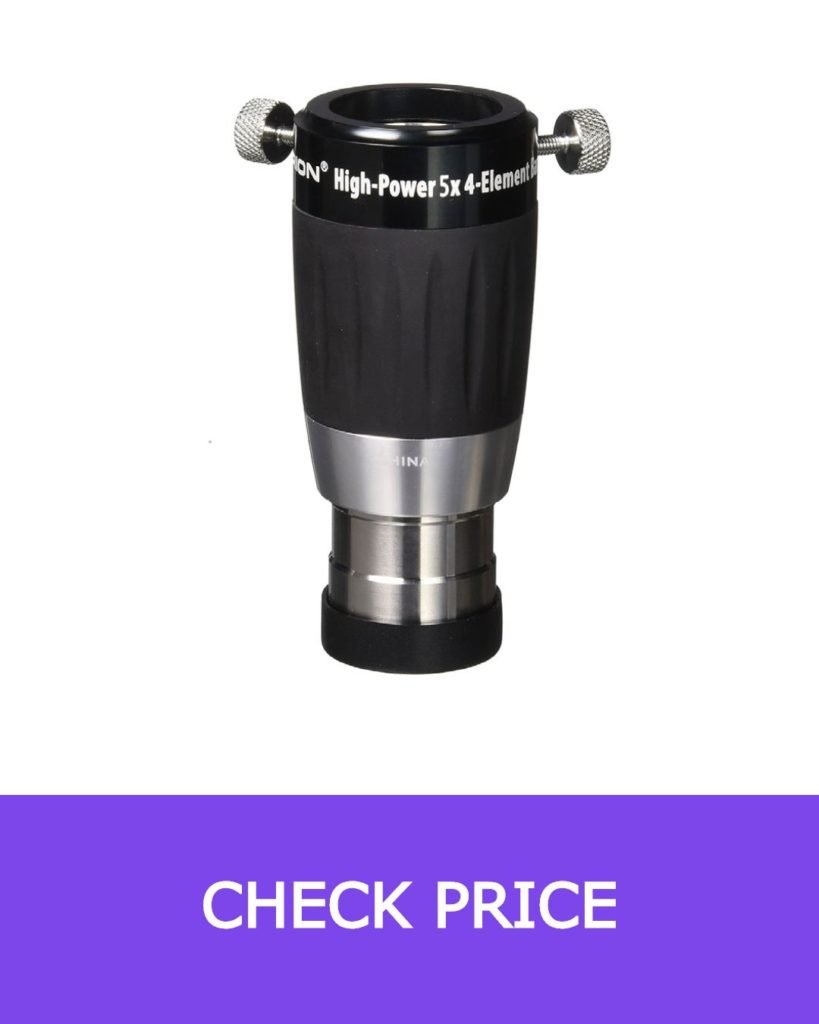


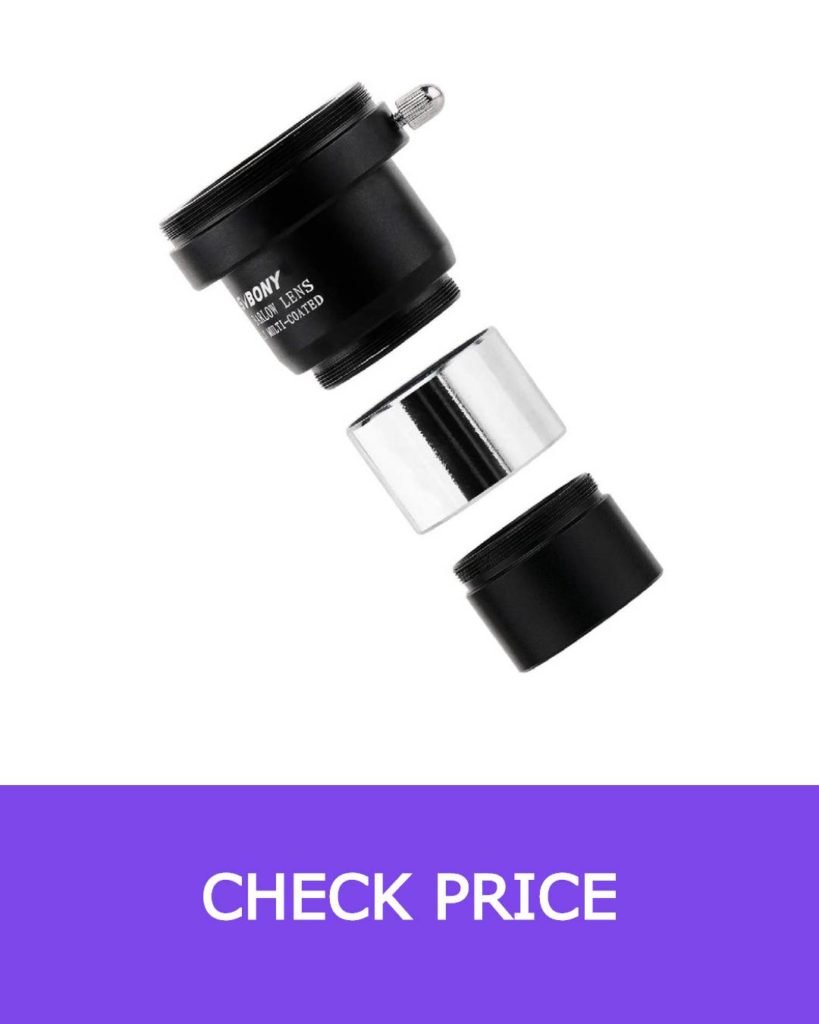
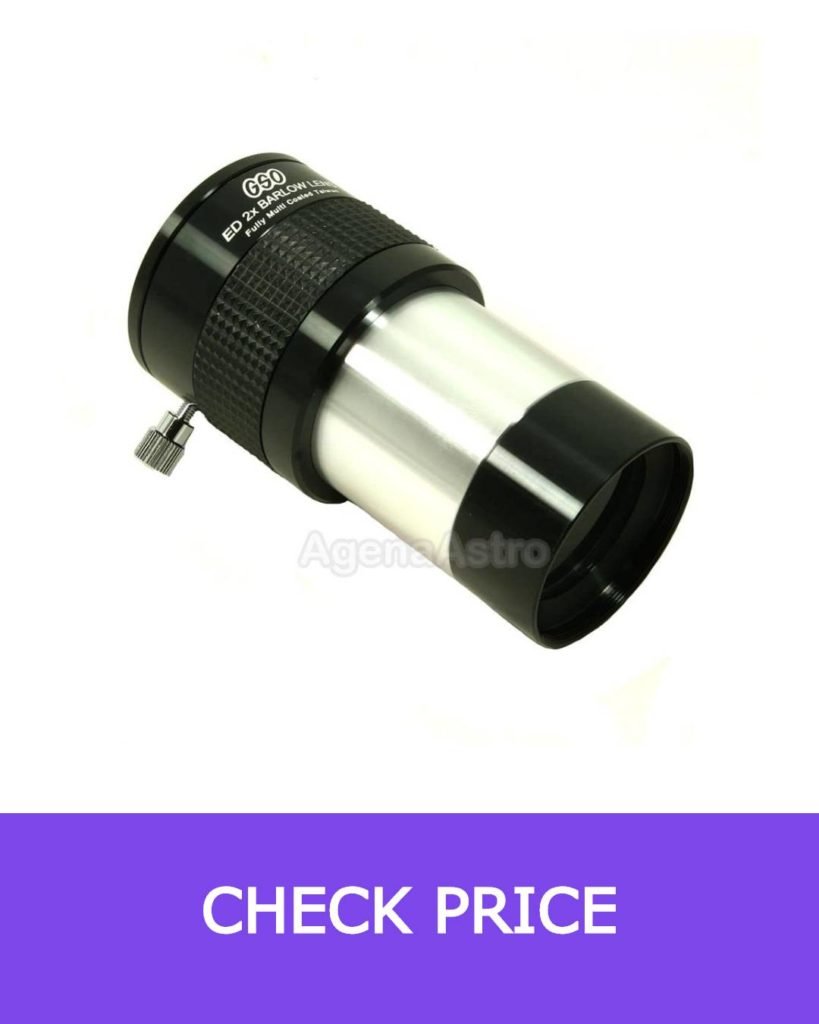
Leave a Reply